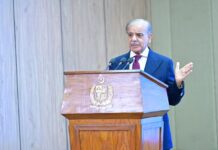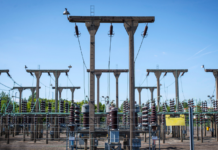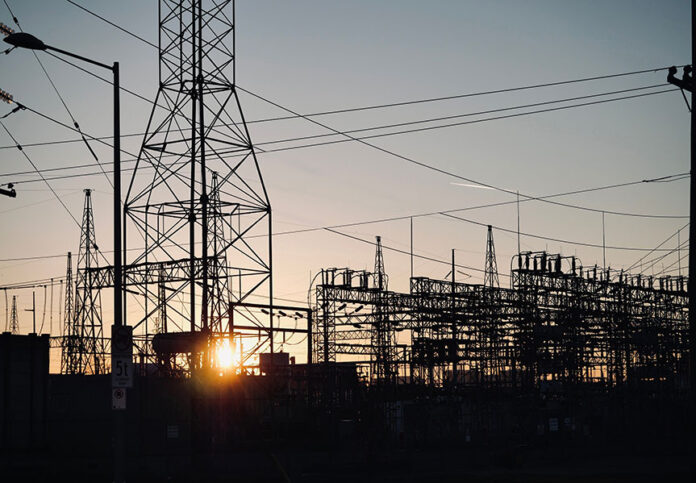Pakistan’s power generation fell 3.7 percent year-on-year to 9,886 GWh in October 2025, compared with 10,262 GWh in the same month last year. On a month-on-month basis, output dropped 21.5 percent, reflecting seasonal declines in demand.
Generation for July–October remained broadly stable at 50,819 GWh, roughly unchanged from the corresponding period last year.
The October decline is attributed to rising distributed generation despite lower tariffs and captive consumers re-joining the grid after an imposed levy.
Meanwhile, changes to power purchase agreements and quarterly tariff adjustments (QTAs) have already been applied, including a negative QTA of Rs 1.89/kWh covering August, September and October. JTAs are expected to normalise next month, which could raise tariffs slightly.
Adjusted fuel cost for October stood at Rs 8.72/kWh, below the reference cost of Rs 9.37/kWh. Distribution companies (DISCOs) have requested a negative fuel charges adjustment (FCA) of Rs 0.37/kWh, supported by lower oil prices and a smaller share of furnace-oil and imported-coal in the generation mix.
Imported-coal based generation costs declined to Rs 14.39/kWh, down nearly 15 percent year-on-year, owing to lower coal and Brent-crude prices. The cost gap with Thar coal narrowed to Rs 1.29/kWh from roughly Rs 4/kWh historically.
Hydel and RLNG generation exceeded reference levels set by the regulator, while nuclear, Thar-coal and imported-coal under-performed. Hydel production fell 15.1 percent year-on-year to 2,705 GWh due to reduced water flows, though output remained 2.9 percent above the regulator’s October reference.
RLNG generation declined 2.7 percent year-on-year to 1,949 GWh but stayed 6.6 percent above the monthly reference, adding to fuel cost. Imported-coal based generation dropped sharply by 48.4 percent to 466 GWh and stayed 30.4 percent below target, partly due to winter system constraints.
Overall generation in October was 8.7 percent below the 10,828 GWh reference, creating a surplus of 942 GWh despite lower tariffs and captive consumers returning to the grid.
Analysts expect generation to fall further in November due to seasonal cooling and reduced hydel flows. The regulator projects national power demand to grow by 2.8 percent year-on-year in FY26.























